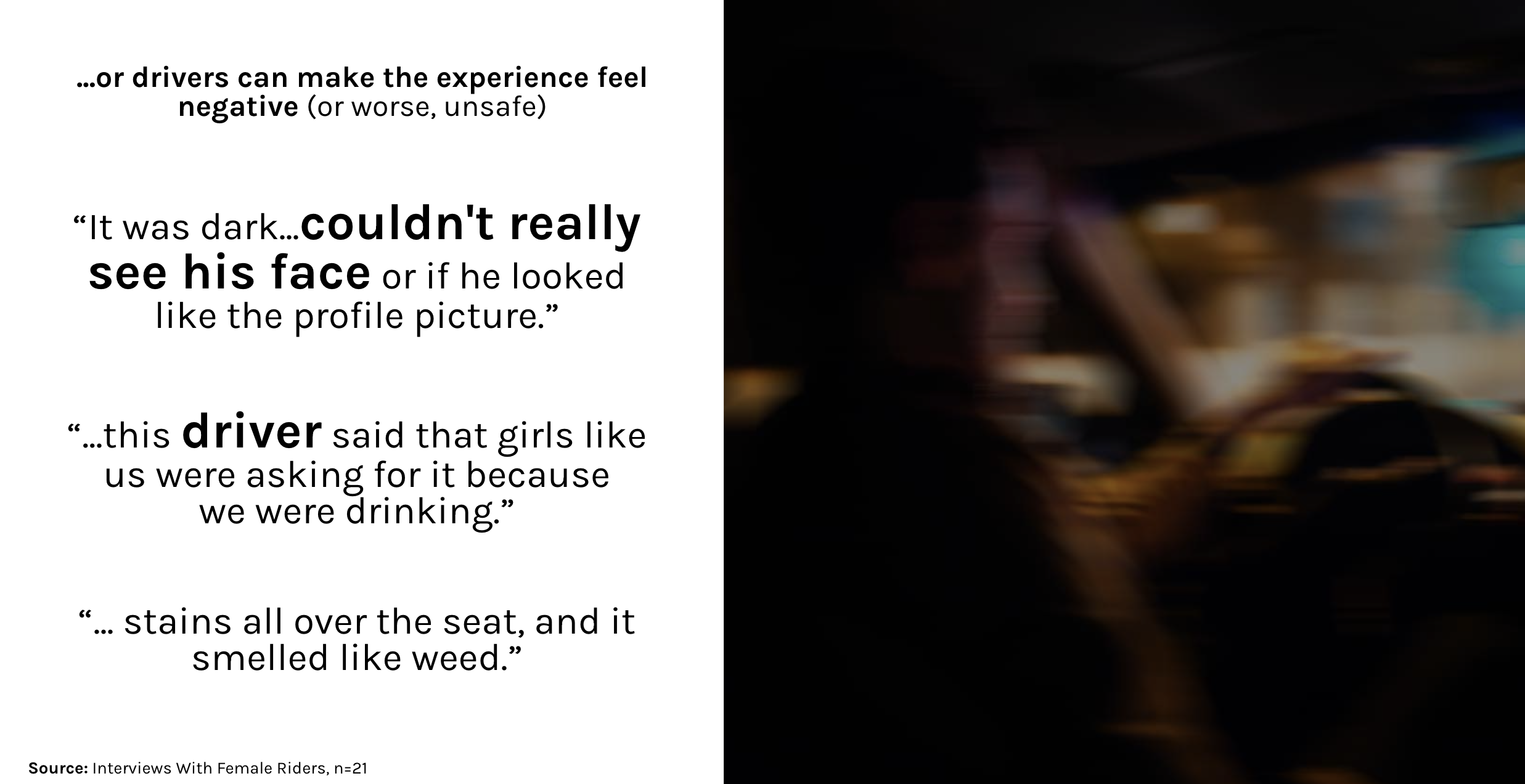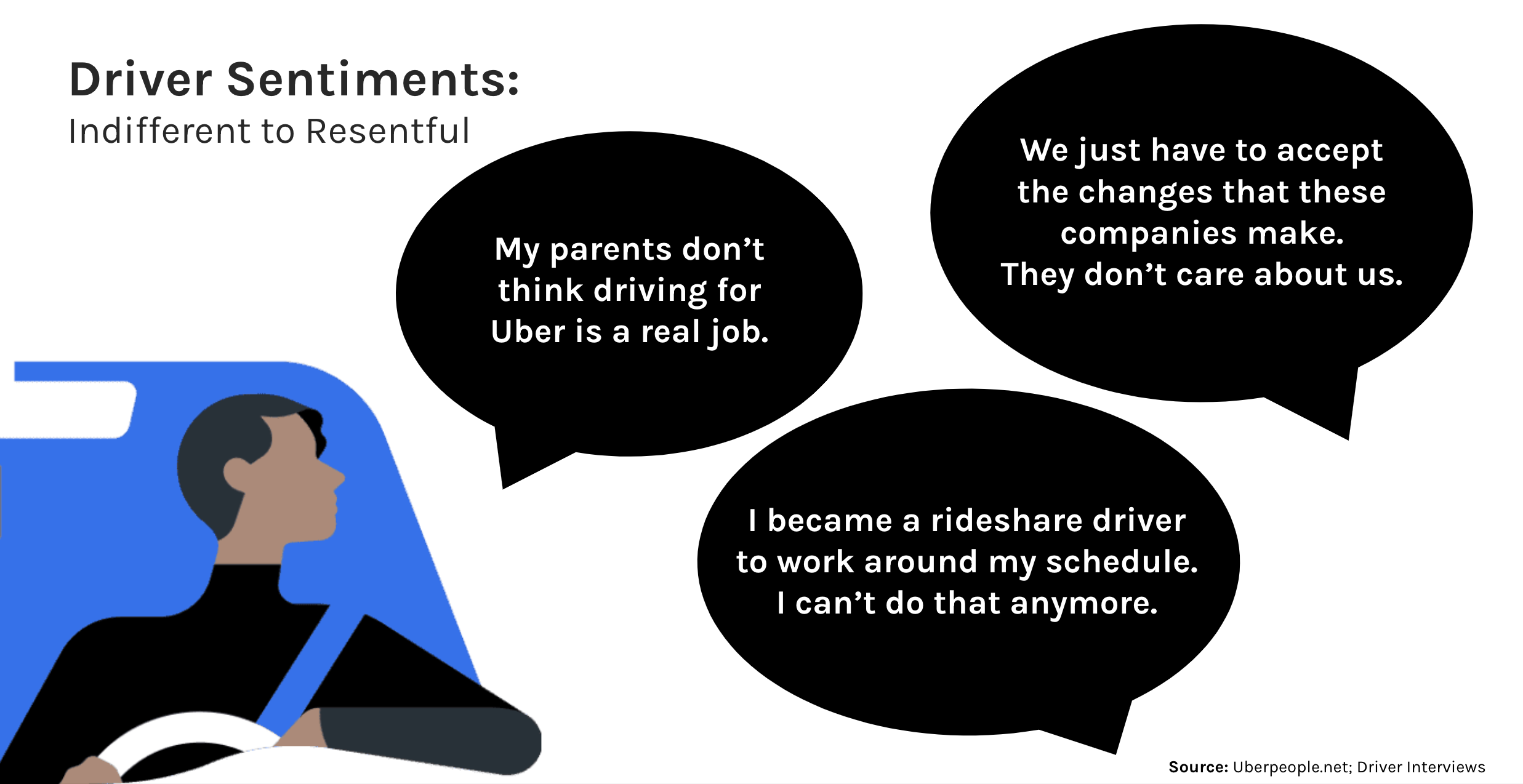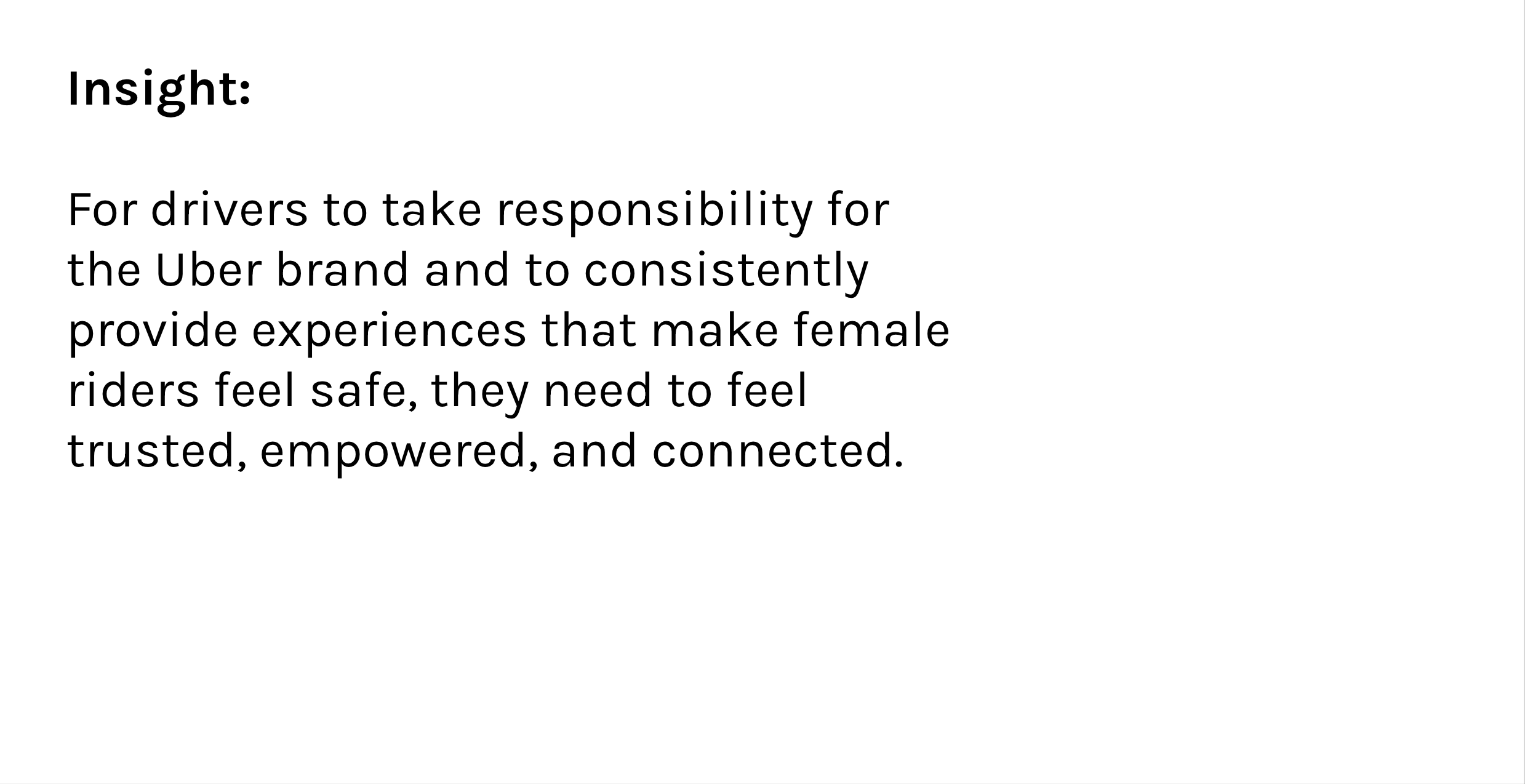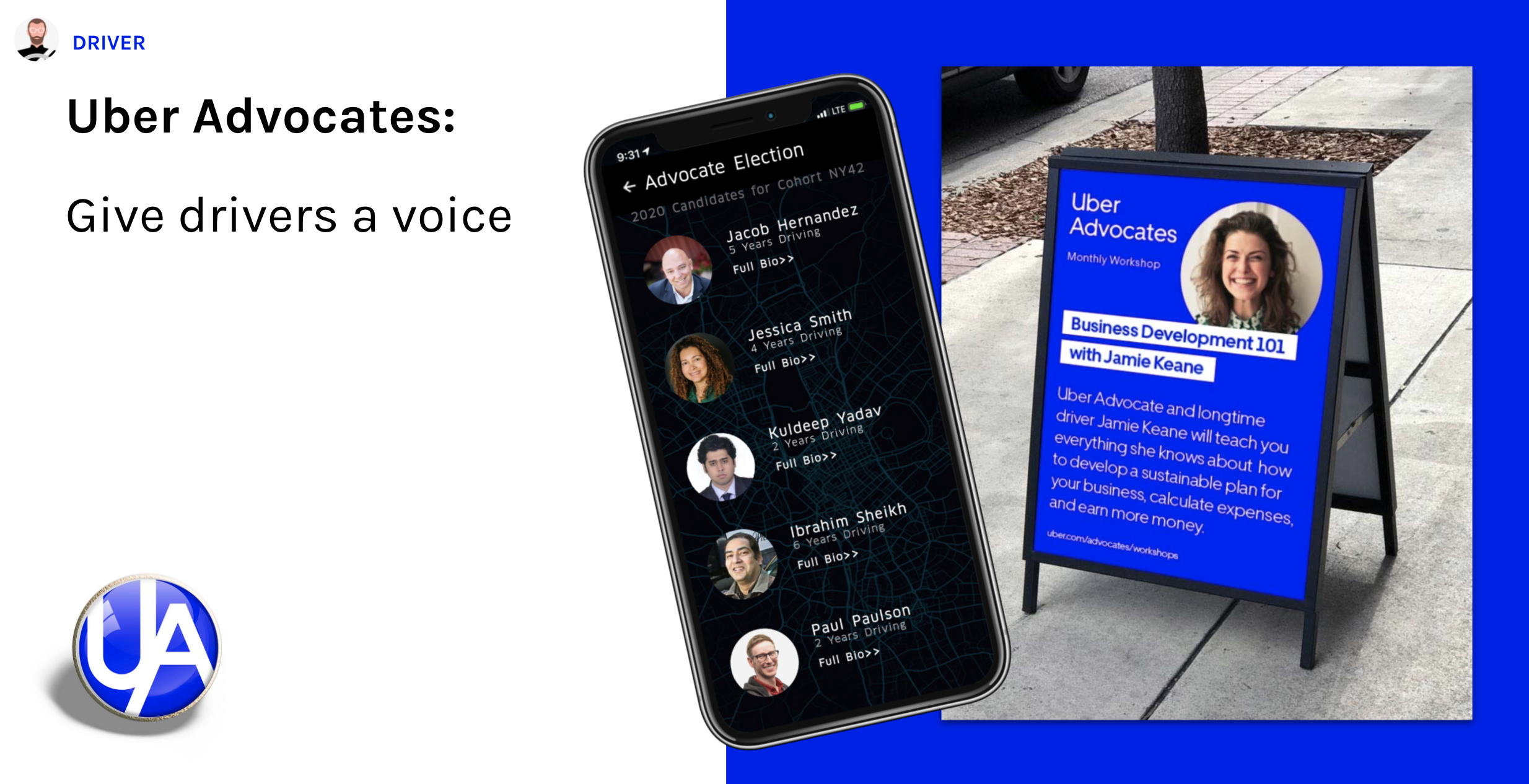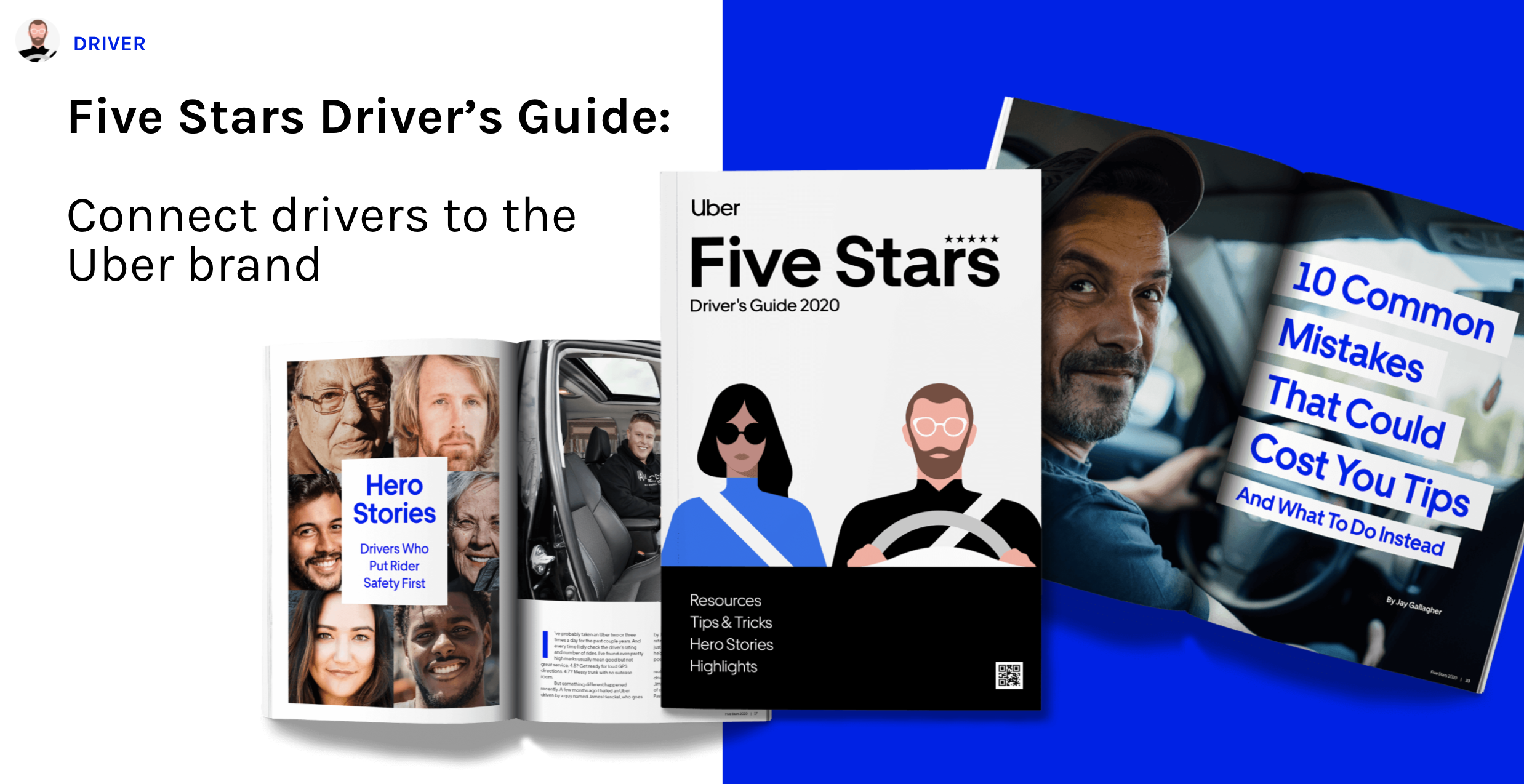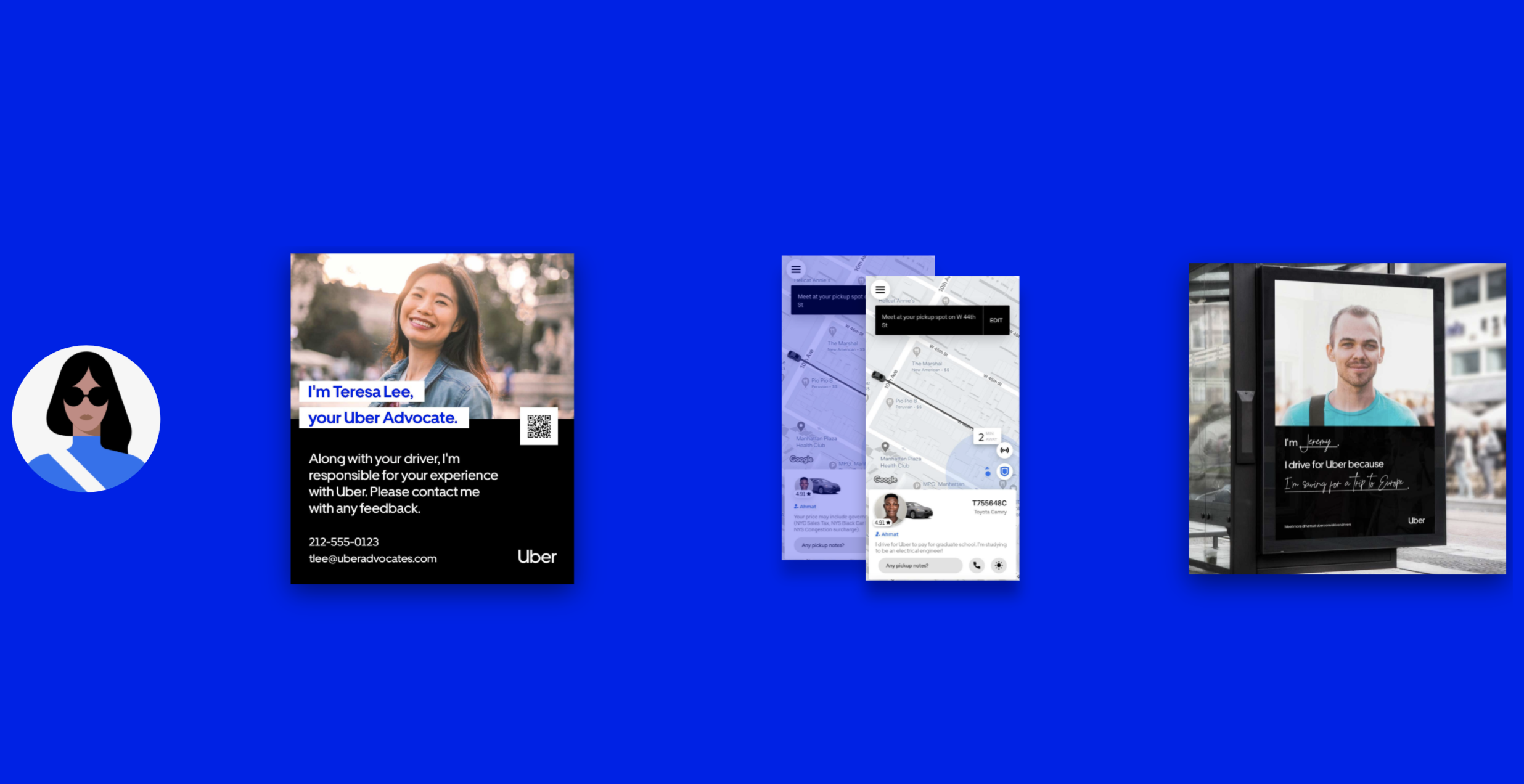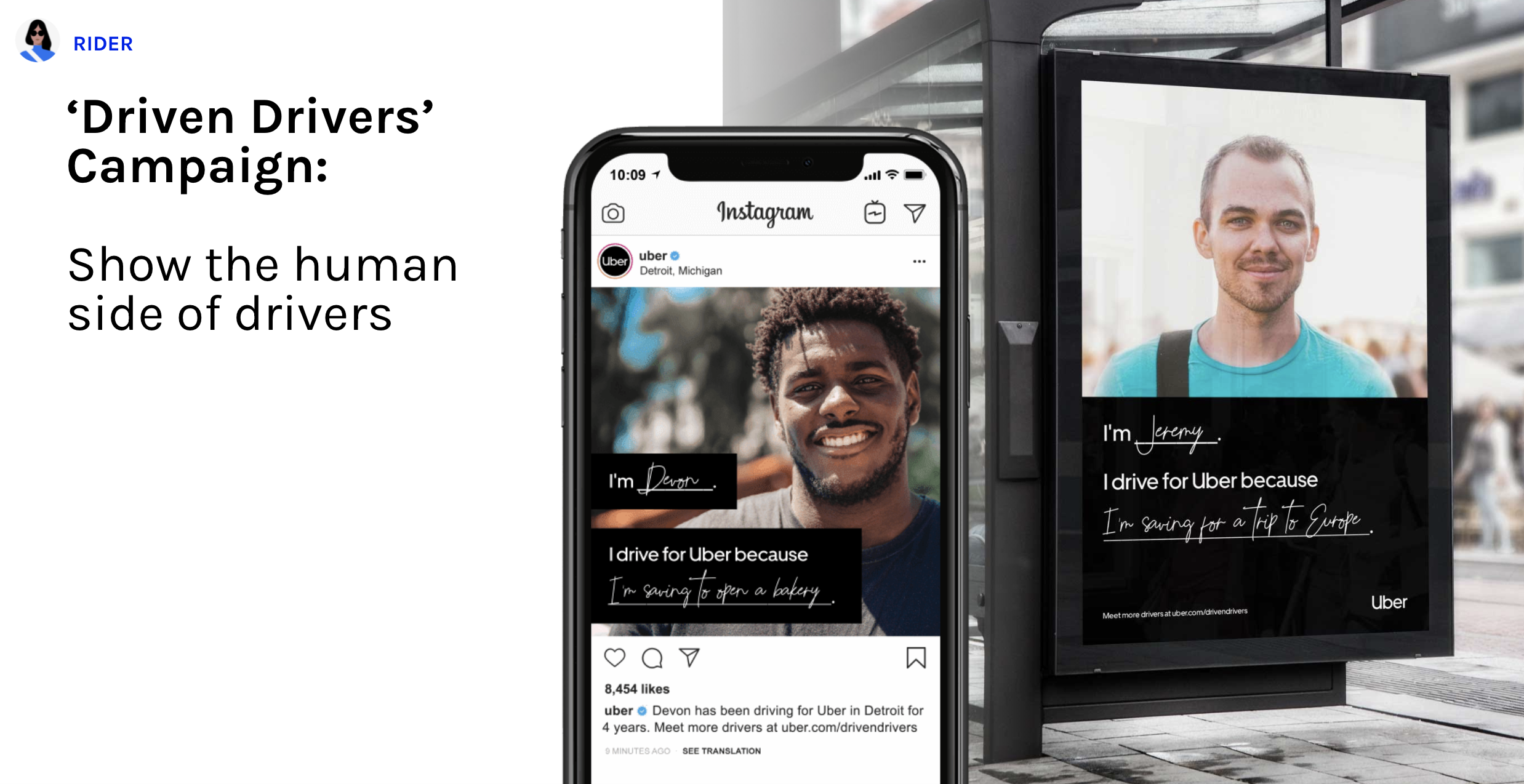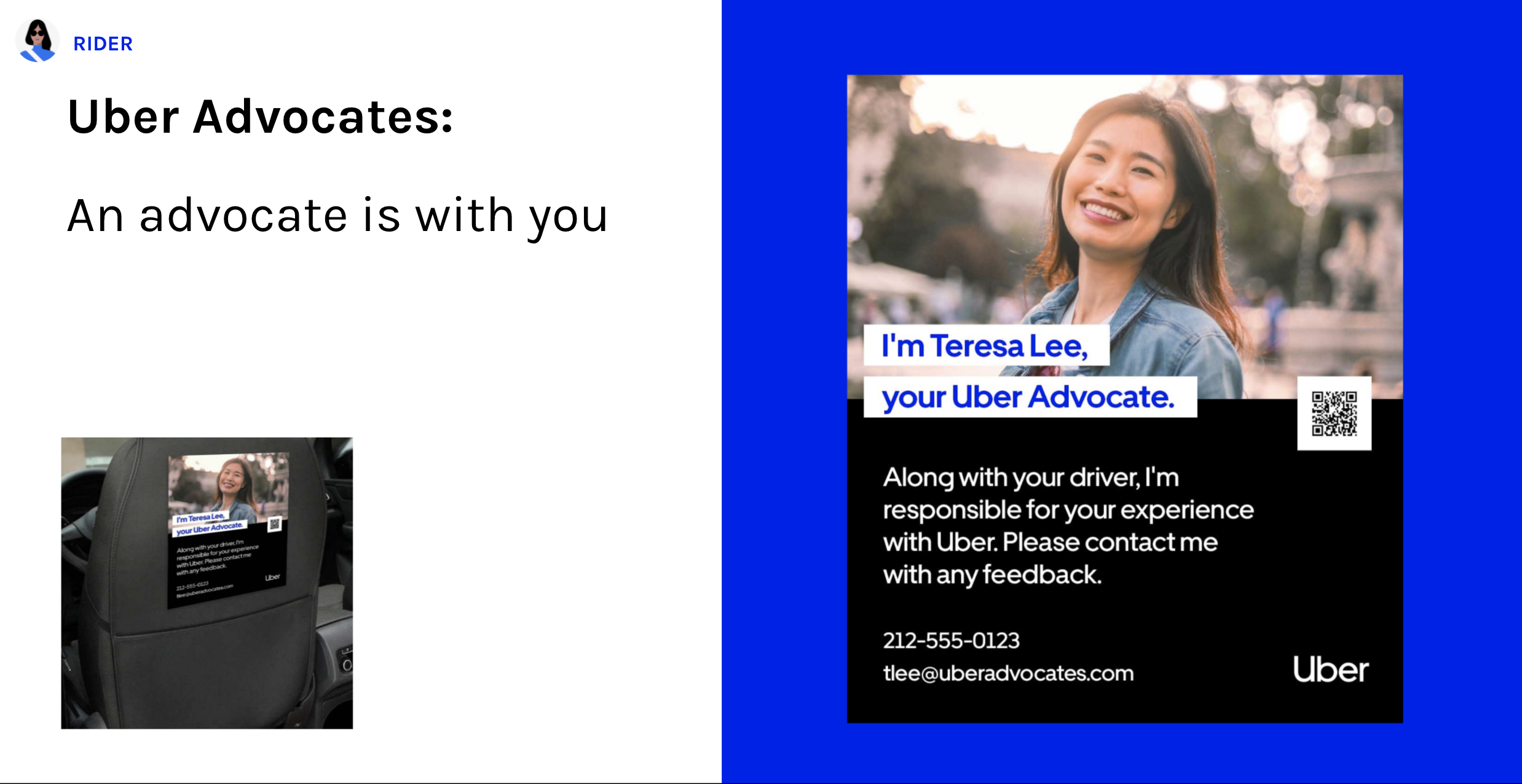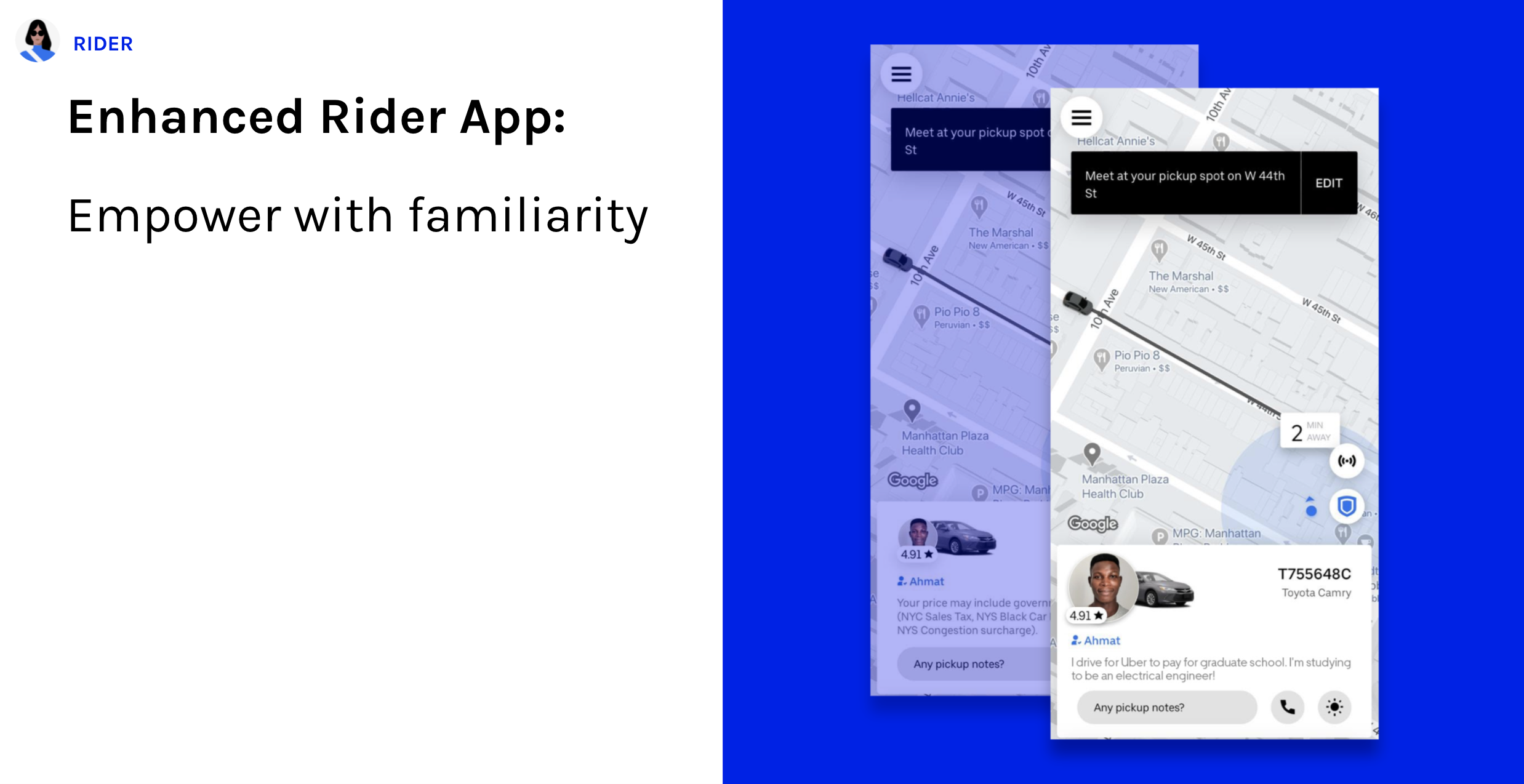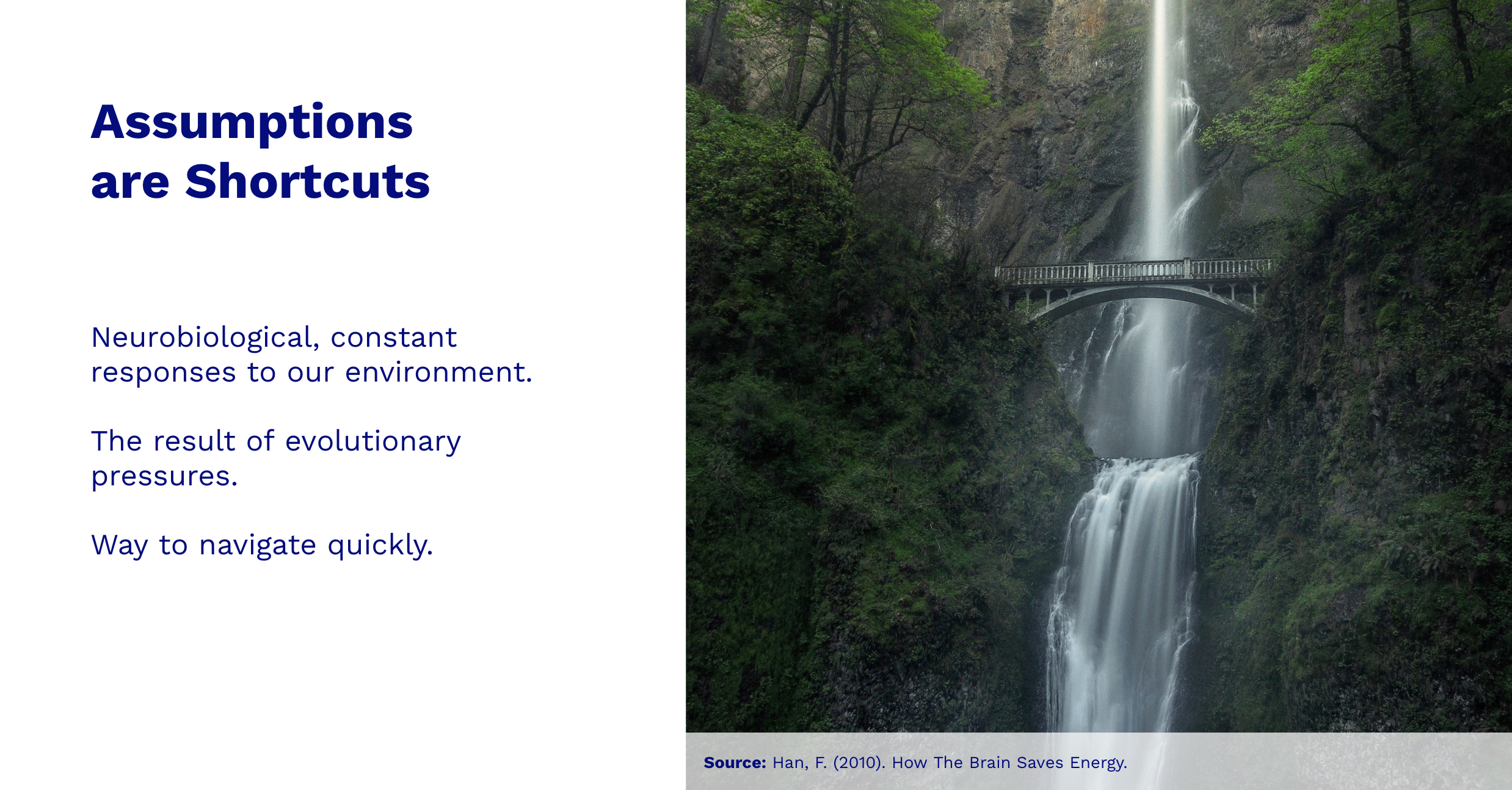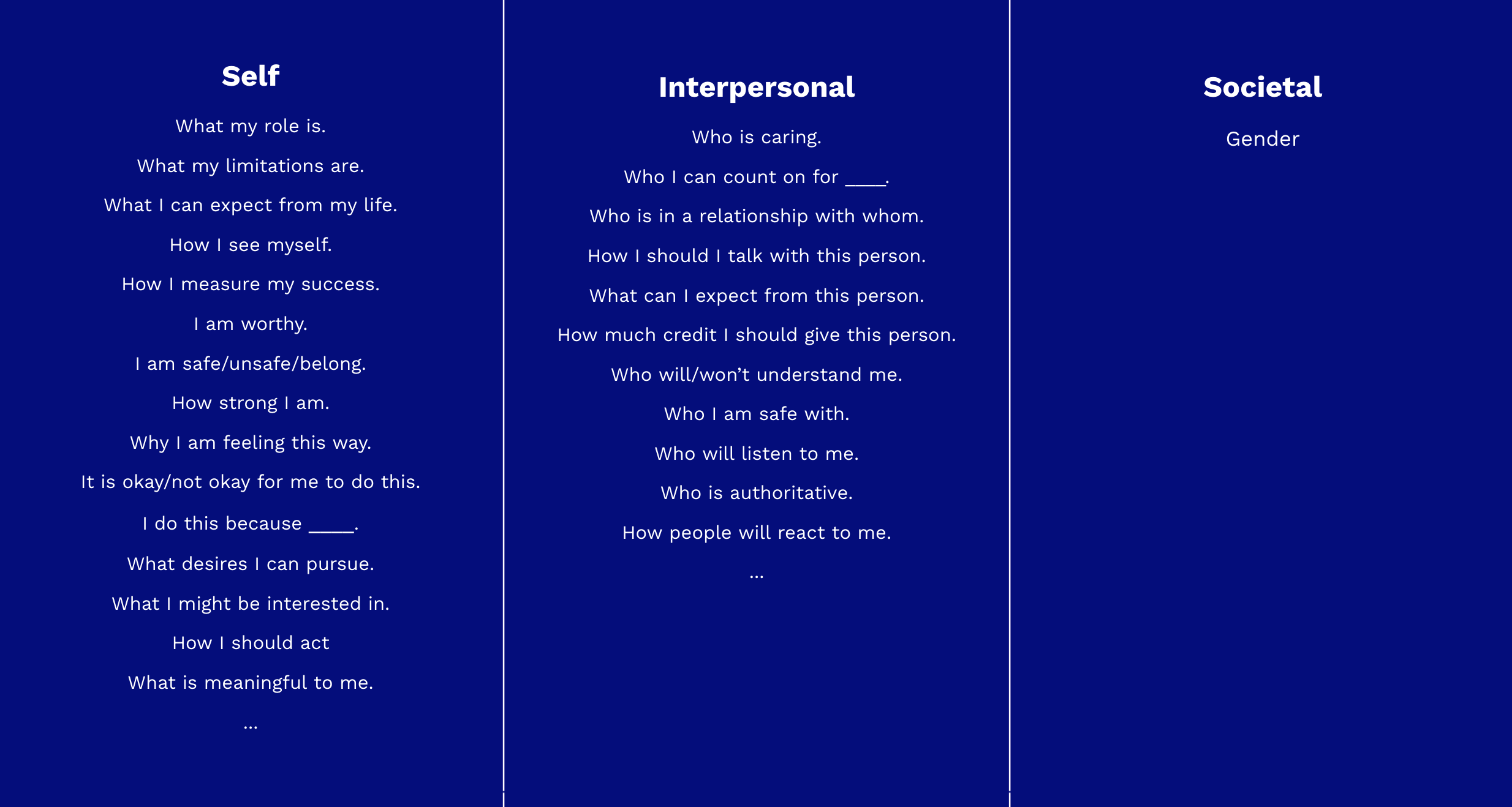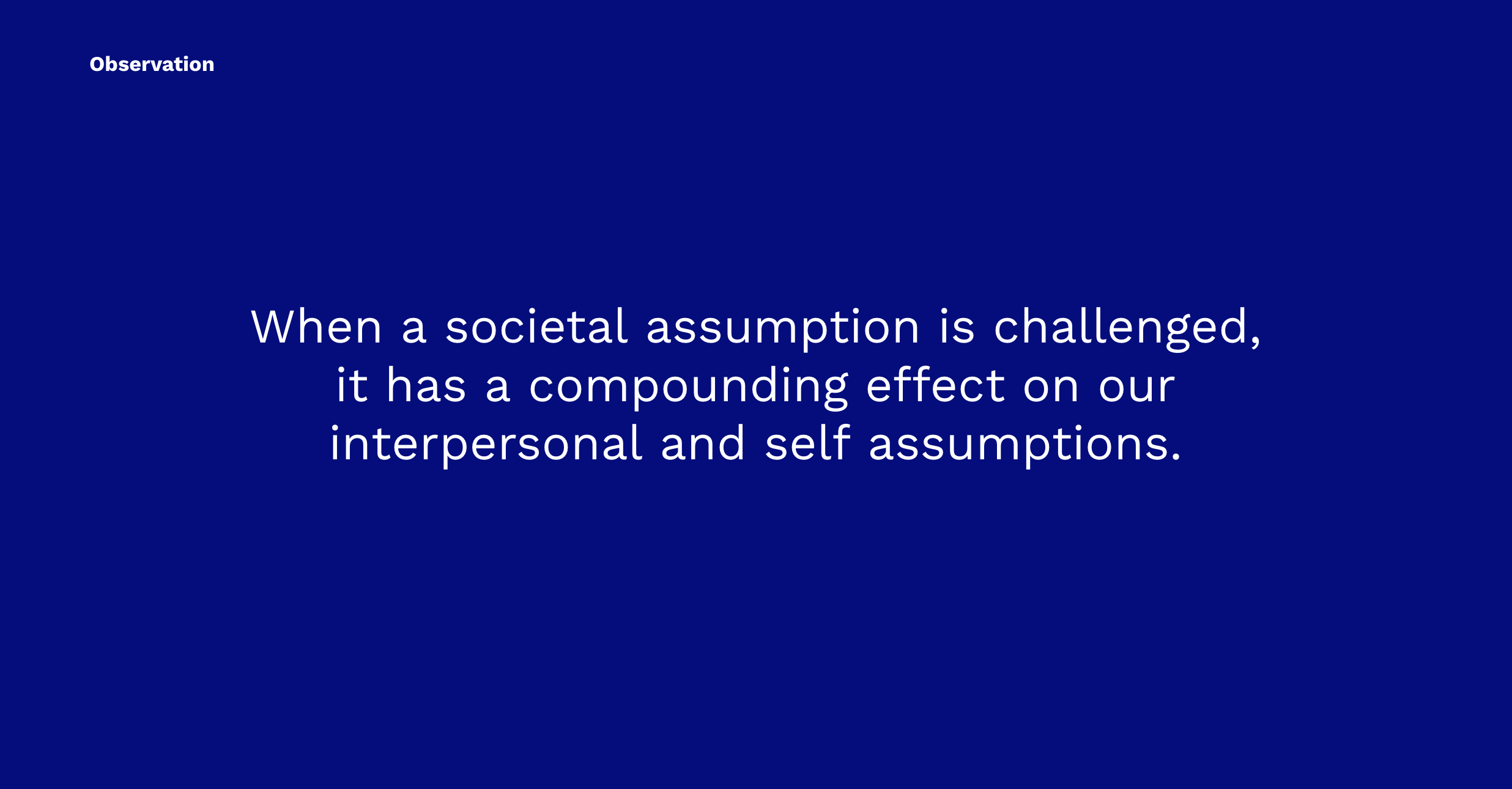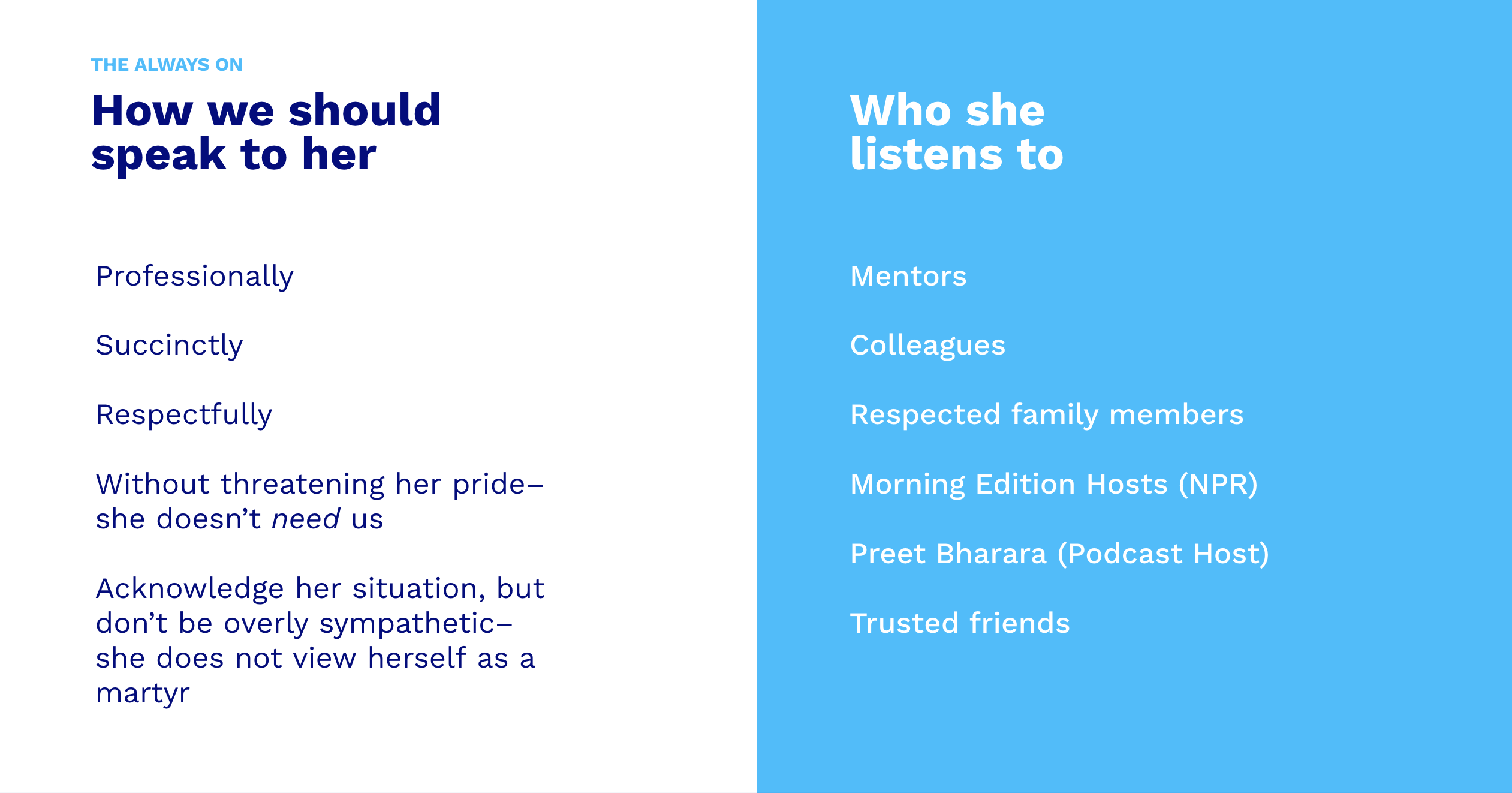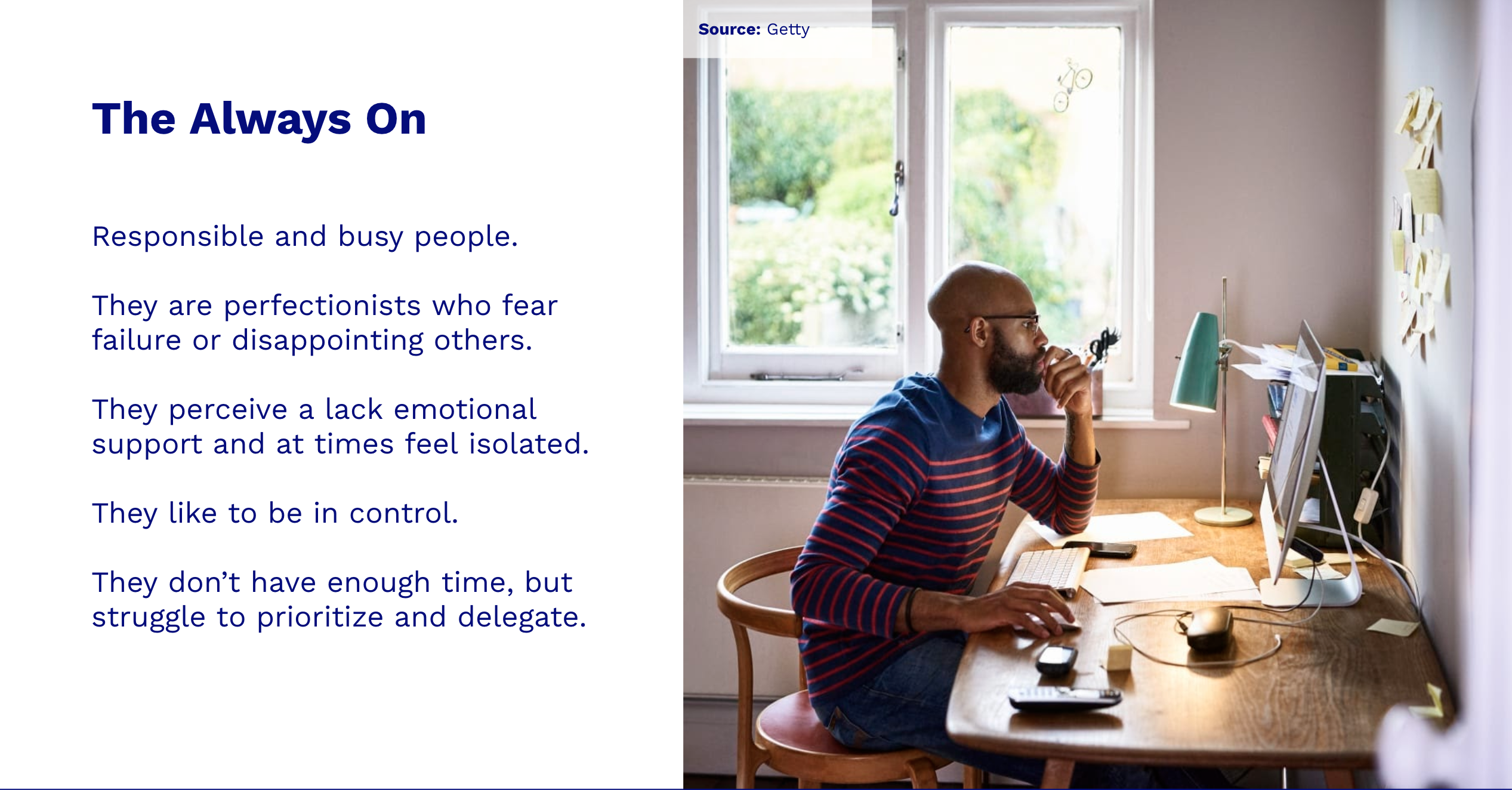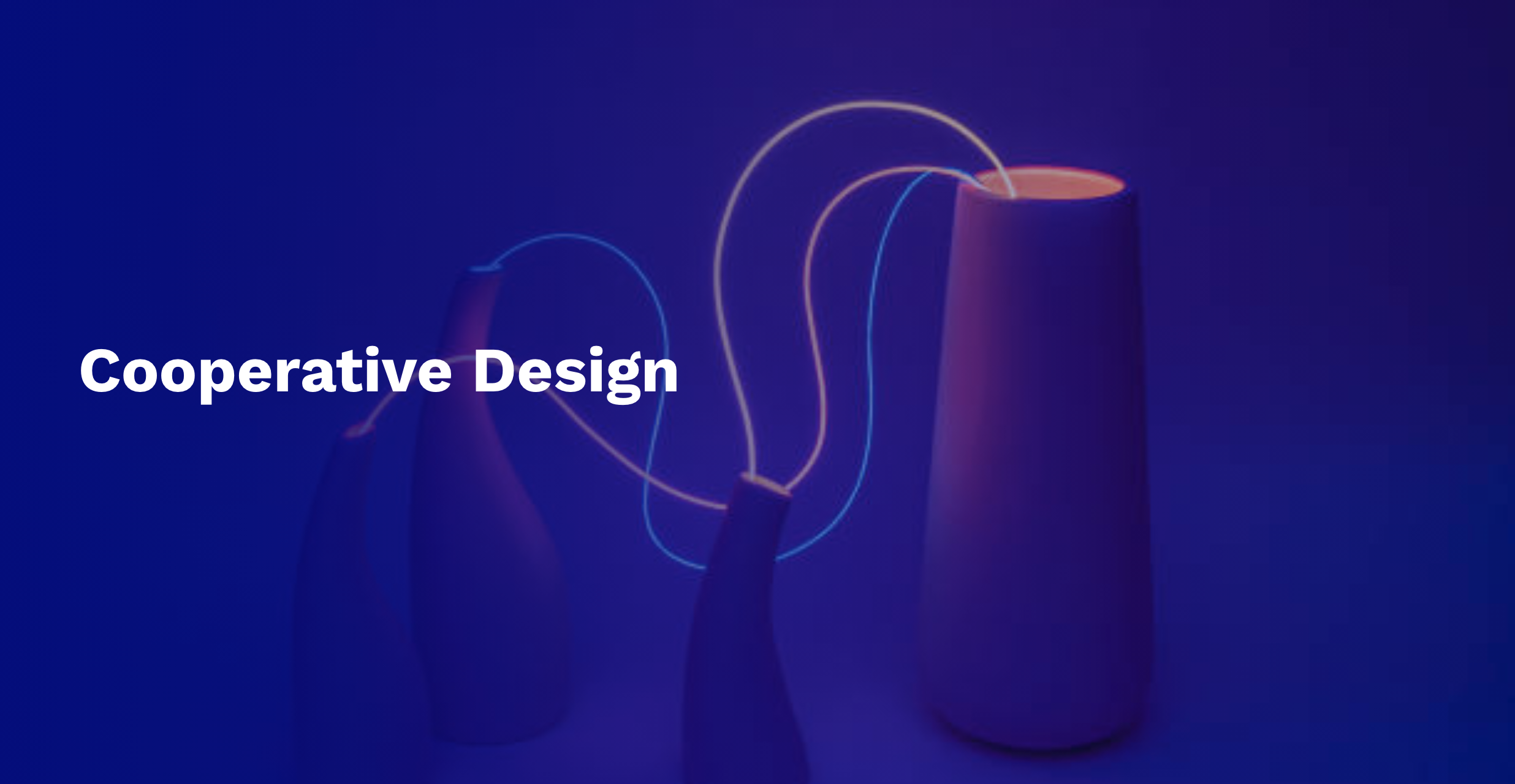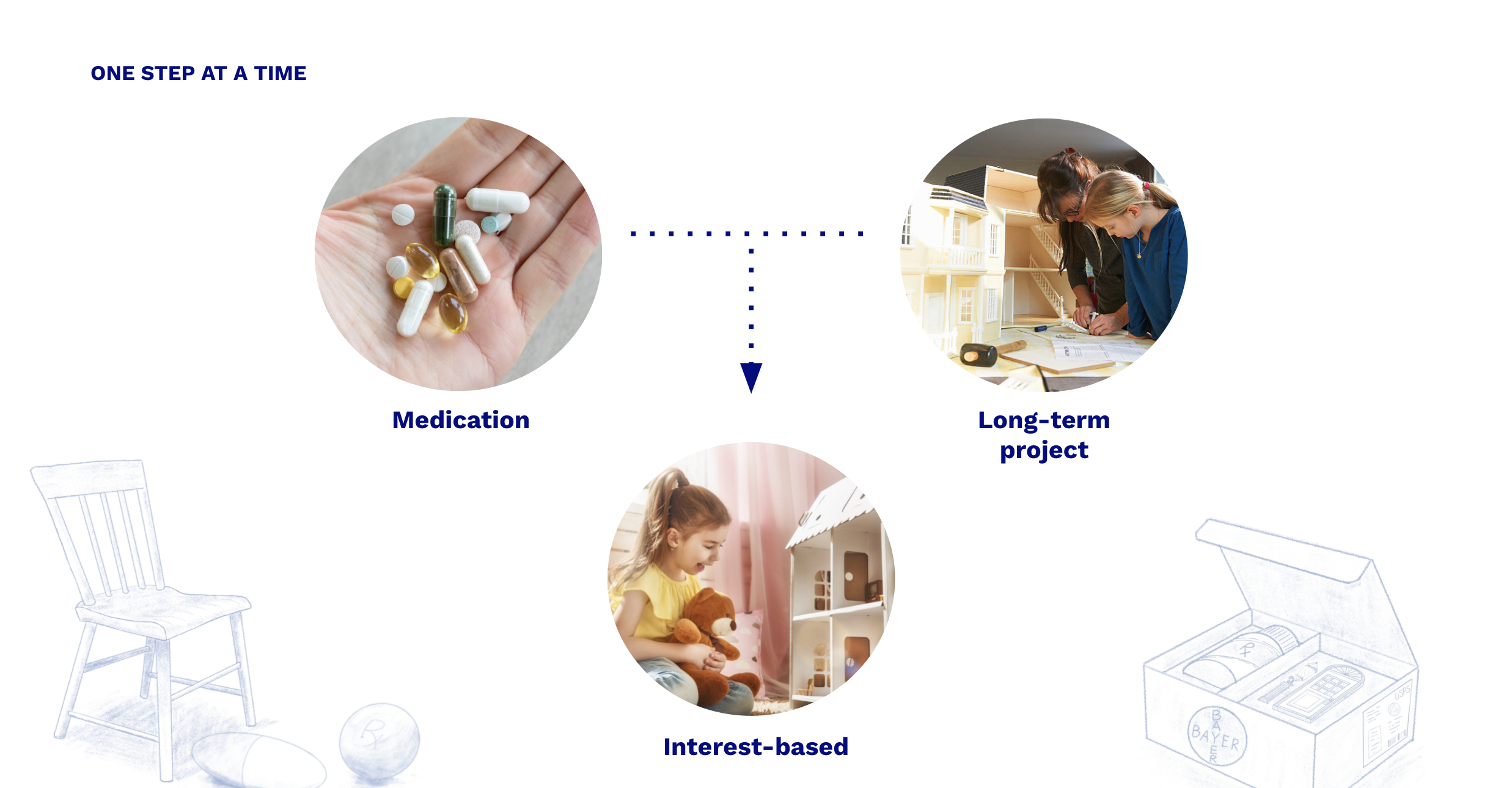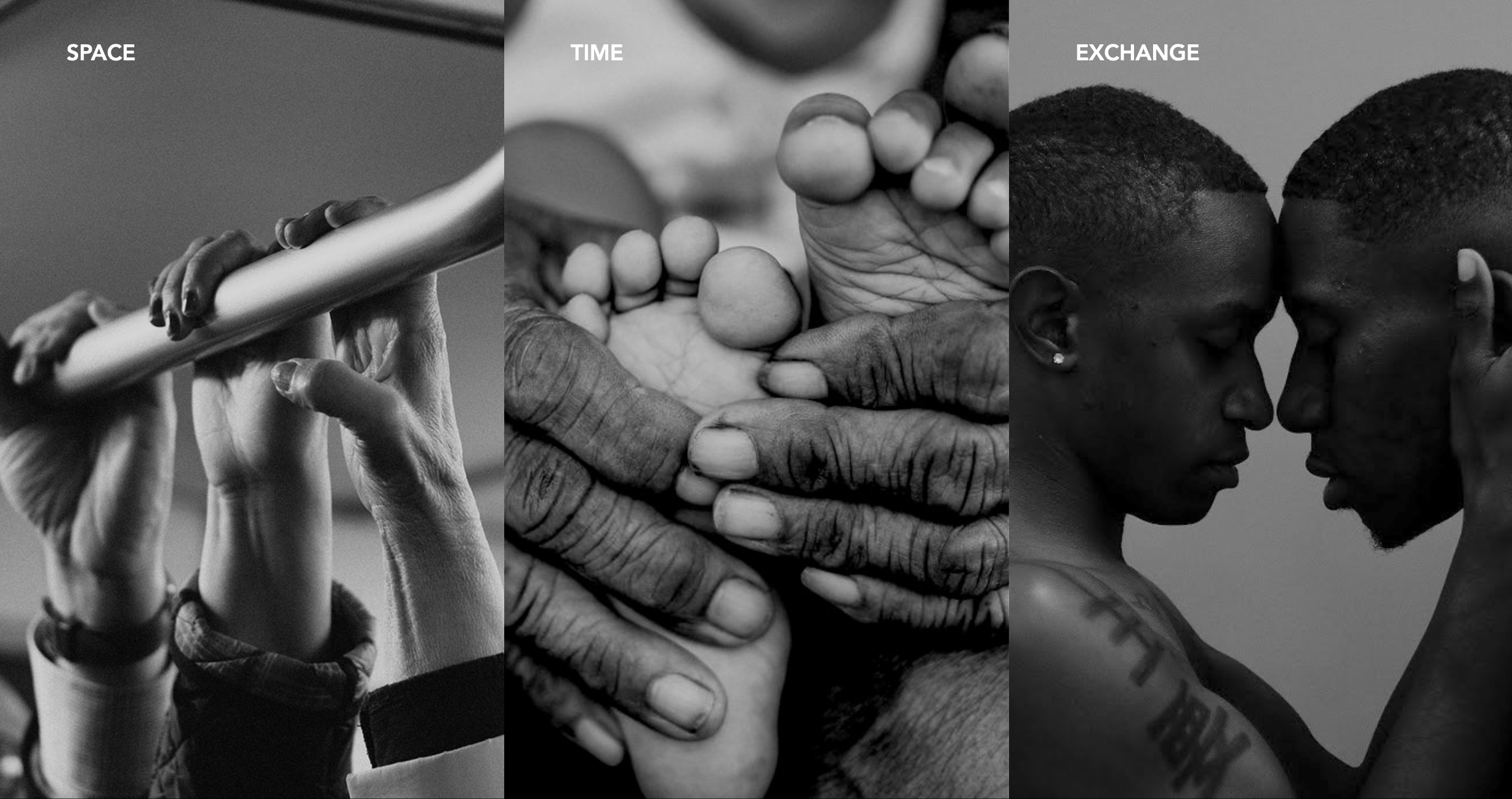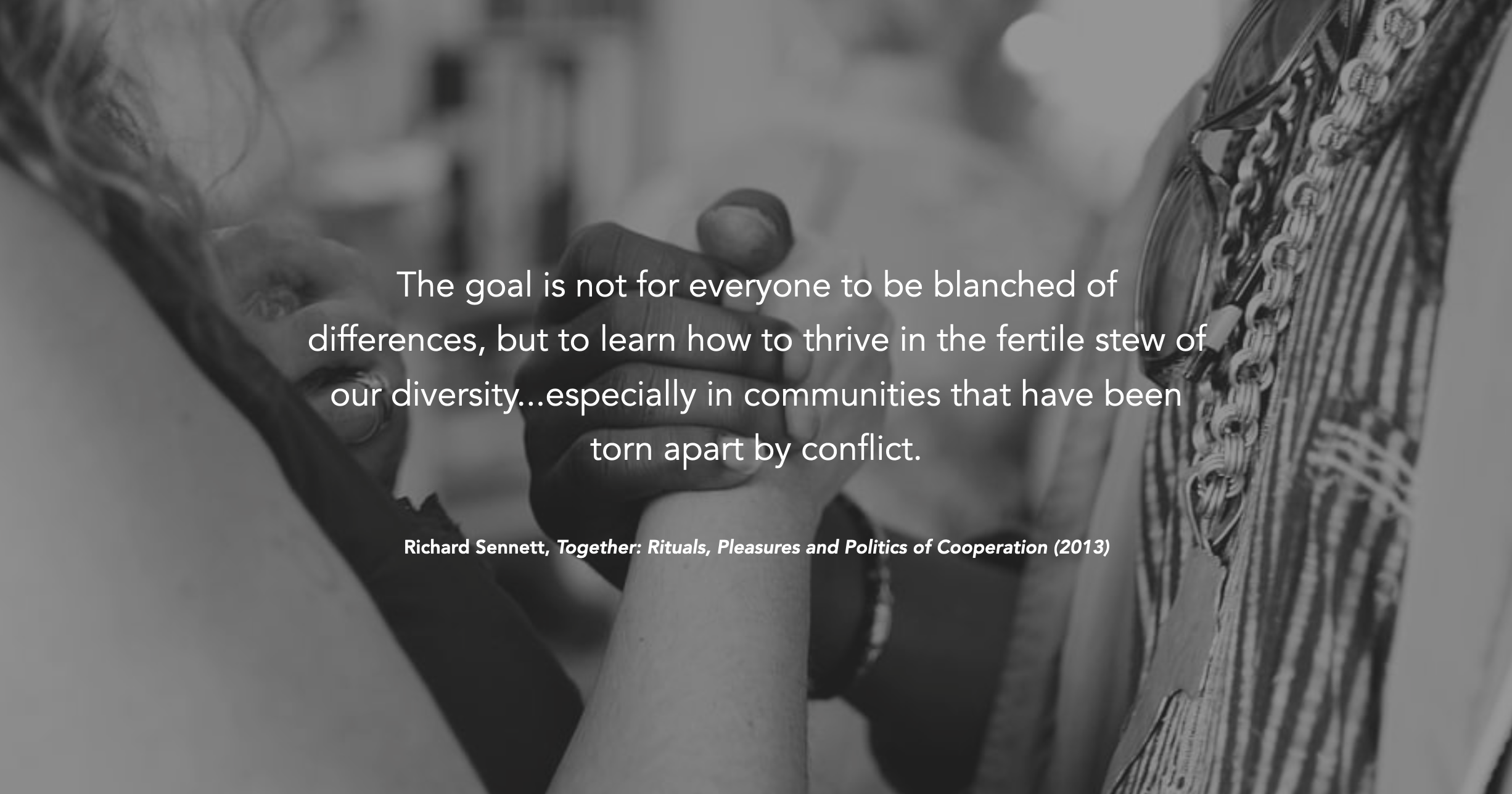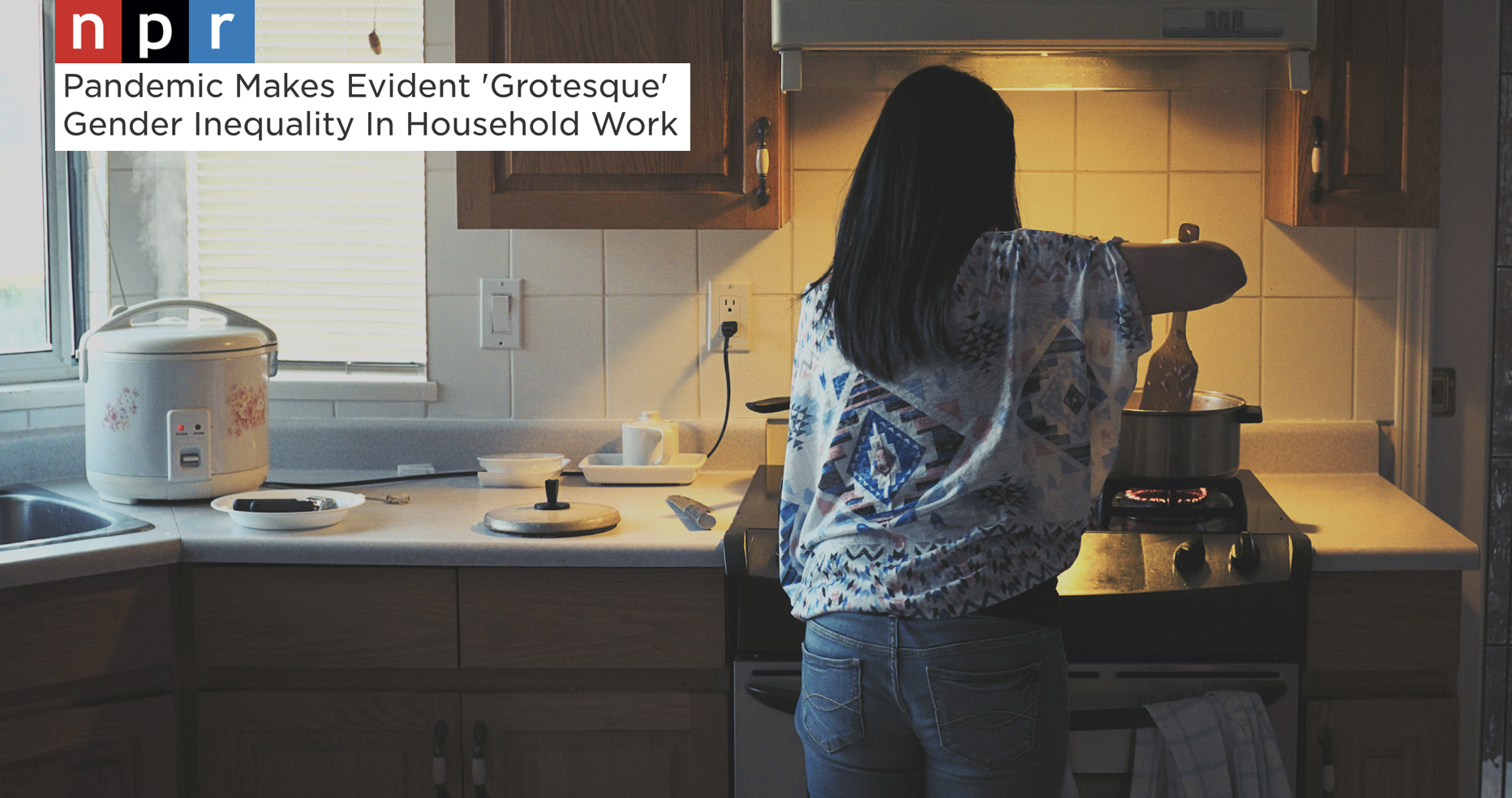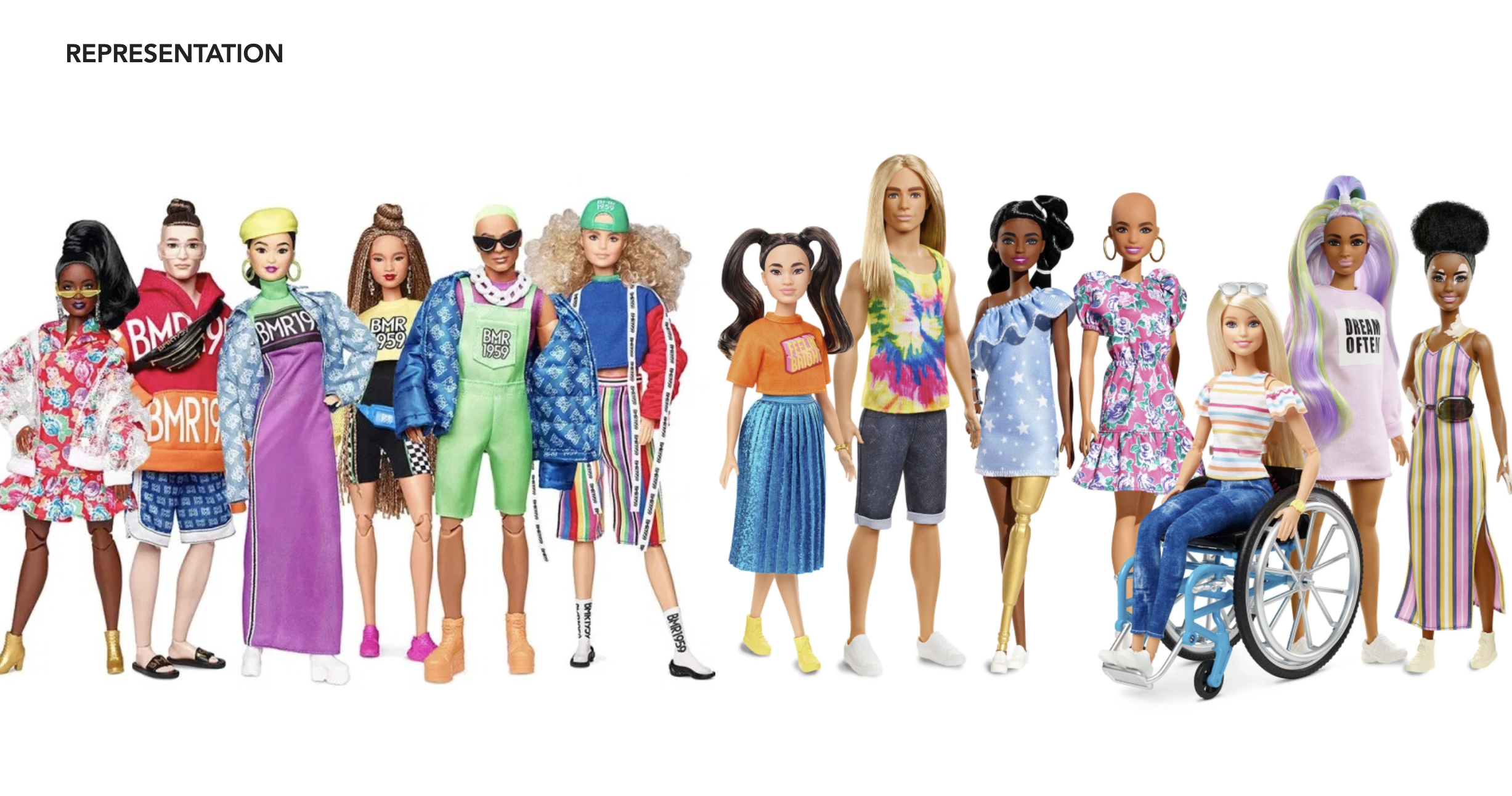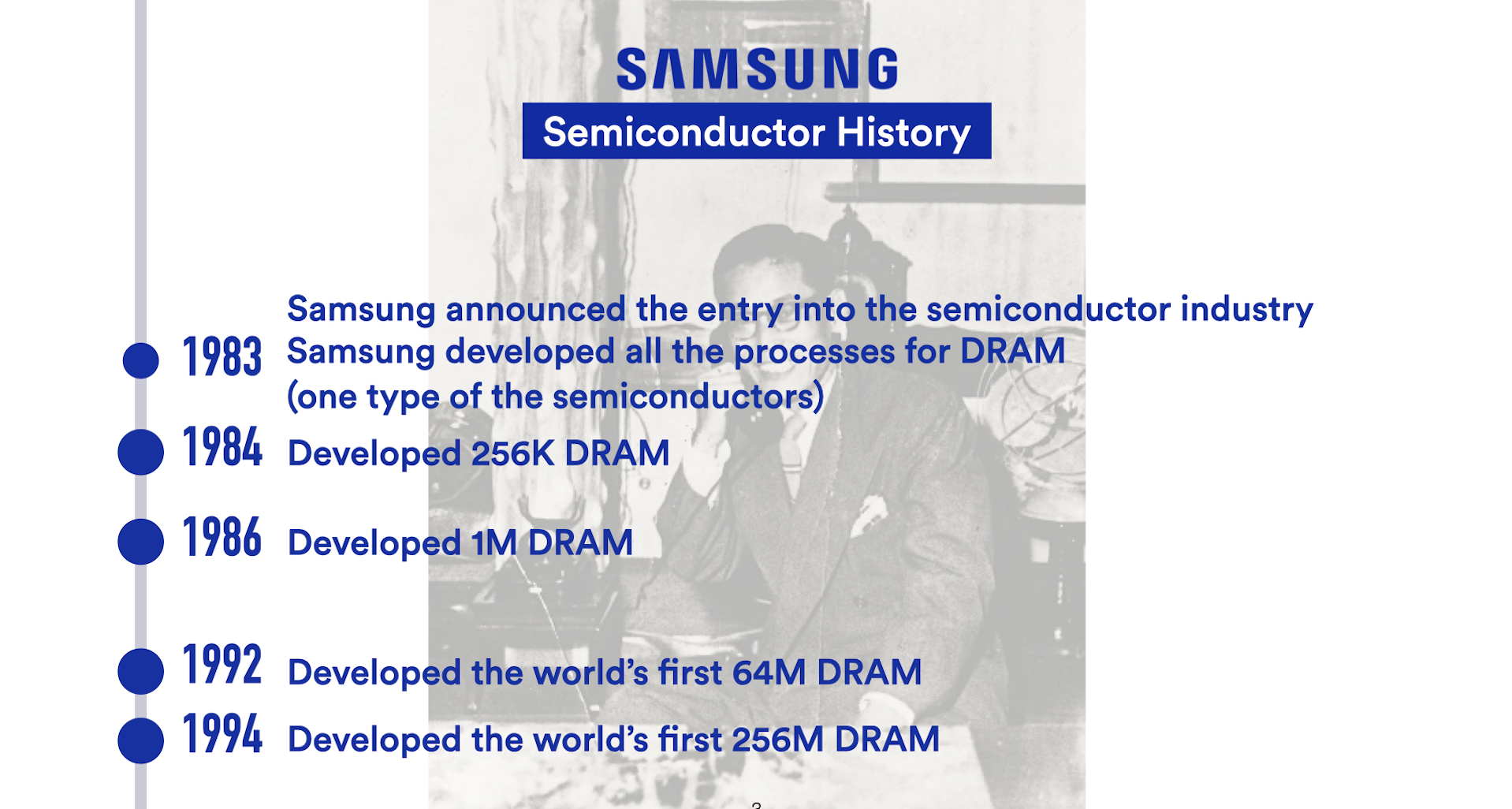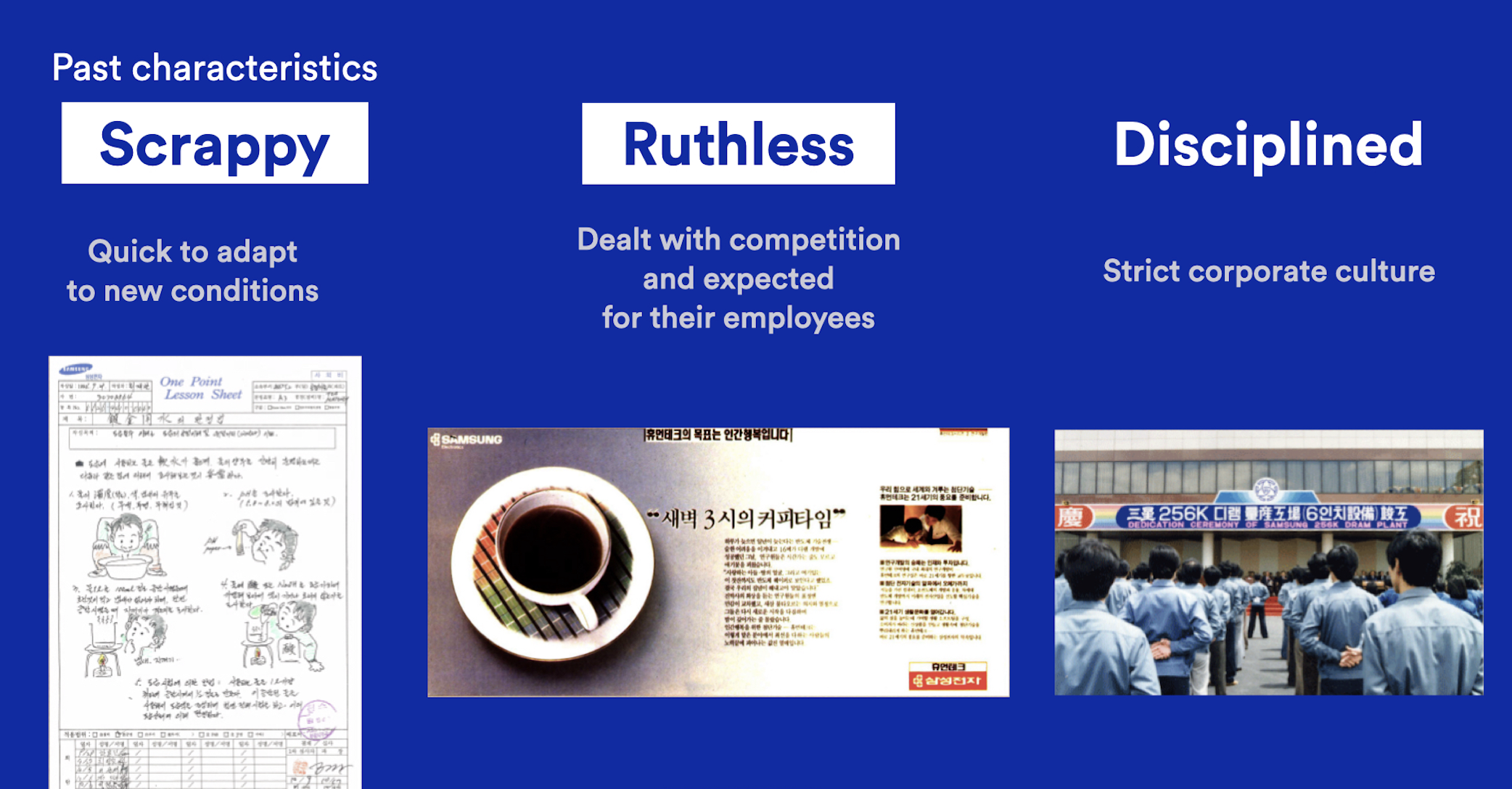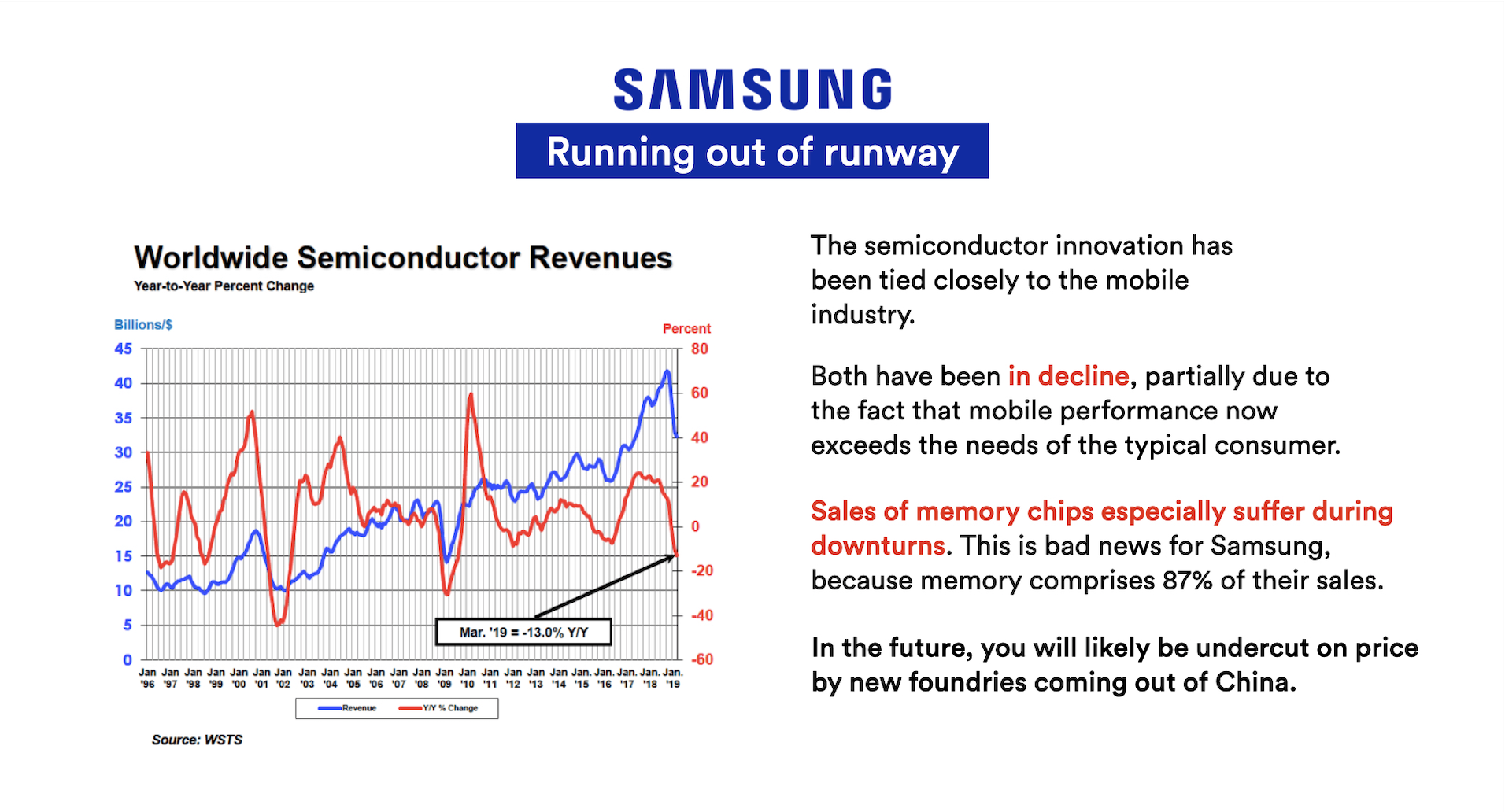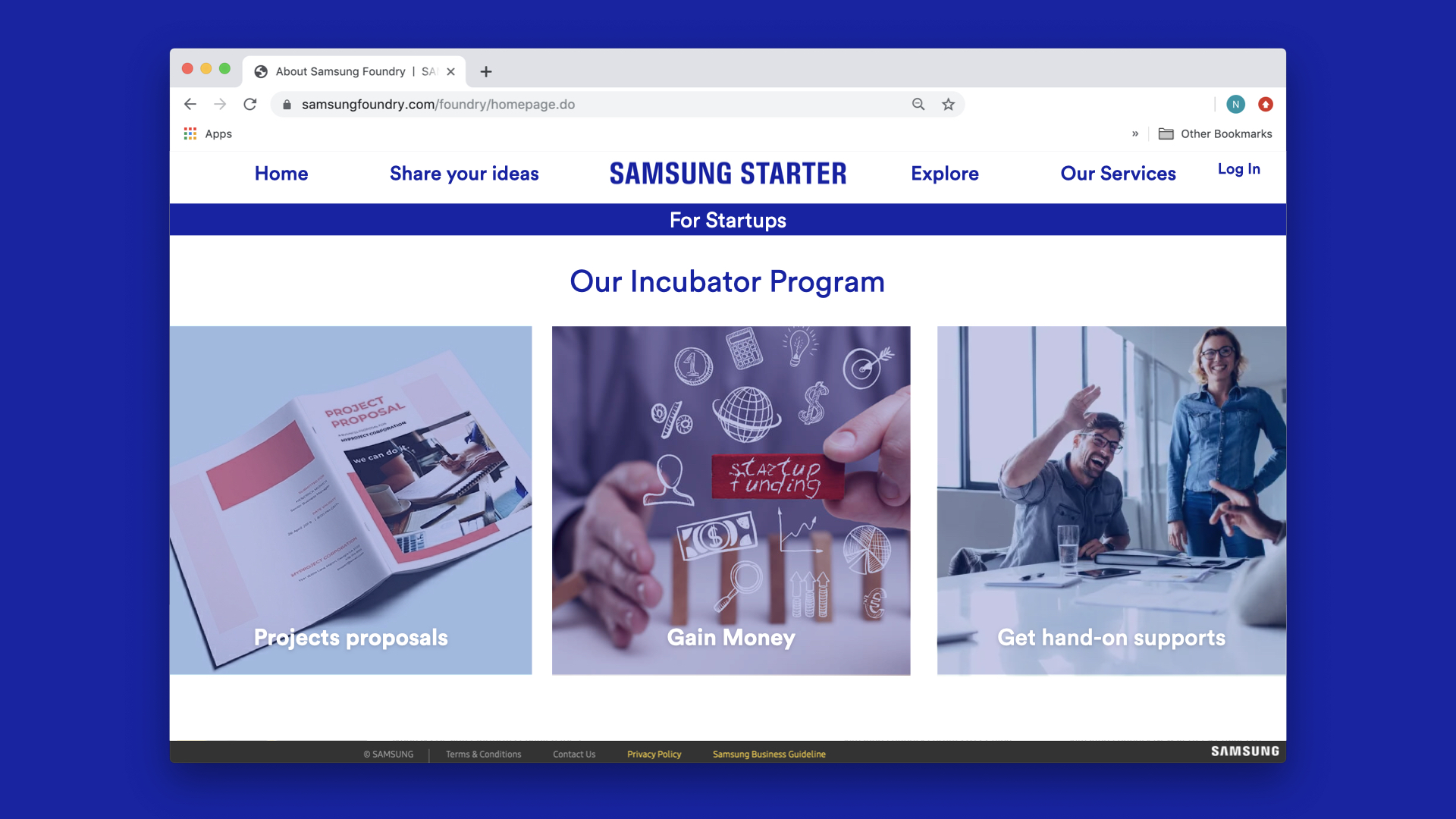Uber
Driver-focused strategy for the safety of female riders.
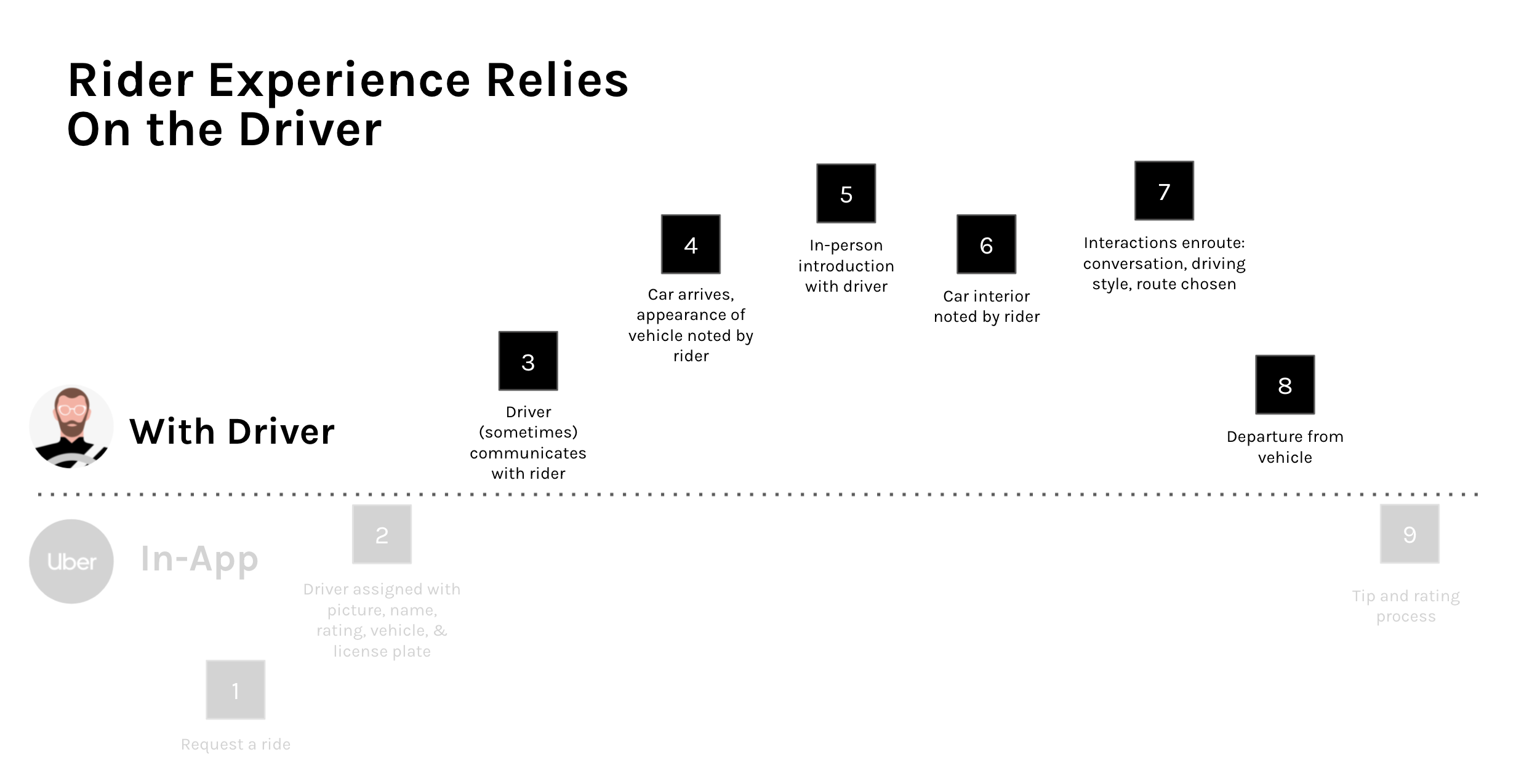
The Uber brand experience is mediated not through an app or brand touchpoint within Uber’s control, but through the driver. Therefore, it was necessary to analyze female riders' interactions and relationships with their driver to address safety.
When we interviewed female riders about their most memorable positive and negative rideshare experiences, we found that Drivers and the experience they provide were at the heart of, or in control of, these riders’ most prominent memories.
However, drivers felt a lack of trust, pride, and security in their work, which is an obstacle to providing a consistent brand experience. If Uber can improve these perceptive challenges, drivers will be better positioned to value their role as brand stewards.
We designed a driver-focused strategy to nurture a greater sense of professionalism and loyalty in drivers to be better brand stewards, making them inclined to provide a consistent and safe customer experience in every ride.
And, to accompany the strategy, we designed a campaign that will put a face to safety– showing riders that the people responsible for their safety (their drivers) are people just like them. Showing that Drivers are people who are held accountable and have dreams and aspirations of their own will create a personal connection between riders and their drivers, leading to an increased feeling of safety.
Bayer
Portray an in-depth caregiver-centered perspective on cancer and caregiving to design a system of care for their well-being.
Most of us have heard the word cancer at least once in our lifetime. whether we know of someone getting cancer treatment, learned of cancer in a classroom, or just heard of cancer in a passing conversation. These experiences affect our perception and understanding of cancer and those affected by it. Therefore, we conducted a cultural audit on assumptions to understand how it affects internal, interpersonal and societal judgment, and the implication of those judgments.
Then, we researched academic and peer-reviewed journals and interviewed caregivers to understand cancer from the psychosocial lens of the caregivers. This research, alongside cultural audit, helped us identify how a caregiver's lifestyle and personality affect their assumptions about caregiving.
We decided to hone in on an audience we labeled "The Always on," they are caregivers who manage uncertainty by being in control and struggling to delegate.
For "The Always on," we designed and branded systems and products that render self-care and alleviate their responsibility without making them feel guilty about giving up their duties. Some examples of our designs were caregiver-centered smart pill dispensers, B2C strategy for 3d pill printers, and partnerships with brands dedicated to nurturing teamwork.
Intimacy
Guide brands into developing intimate relationships with their audience.
By conducting a historical and cultural audit, we learned that the intimate moments experienced depend on the environment, the time of the event, and the shared emotions and objects with self and others. A broad understanding of these moments allowed us to deconstruct intimacy into three elements: space, time, and exchange.
We found that exchange was responsible for interpreting the relationship we have with others of the three elements. And in current culture, an indicator of a healthy relationship is a mutual exchange because it considers the individual needs of the parties involved rather than just distributing resources equally, making it more inclusive and understanding of everyone involved. Moreover, we discovered that, due to the psychosocial effects of covid-19 and social injustices, our society was becoming keener to the impact of distribution that is not mutual.
We created a guidebook to help brands achieve mutual exchange. The guidebook consists of a Barbie case study describing how they overcame obstacles through mutual exchange. It also contains investigations on twelve brands, six successful brands at a mutual exchange, and six struggling brands.
Samsung
Integrate Samsung's founding values to current semiconductor industry needs.
Since their inception, Samsung has been facing pronounced American competitors like Intel. And in the past, although their competition had underpinned Samsung's authority in the industry, Samsung embraced the underdog position and relied on a business strategy that emphasized adaptive manufacturing to support reactive market demands.
As of 2019, the semiconductor industry is declining, but our research shows that the demand for Semiconductor will increase and diversify rapidly. And of that market, startups and small businesses will make up 20% of the market share. For Samsung to establish a competitive advantage in the coming economy, Samsung needs to tap back into its heritage and modify those values slightly to design systems that anticipate and react to emerging markets' demands.
Our team highlighted Samsung's online facilities, like turnkey innovation and open-source development, to give it a more substantial presence and increase accessibility to entrepreneurs and small businesses. Our research also expects that increasing Samsung's association with entrepreneurs and small businesses will also help bolster Samsung's standing as an underdog, which can have build a more favorable public perception of Samsung.

